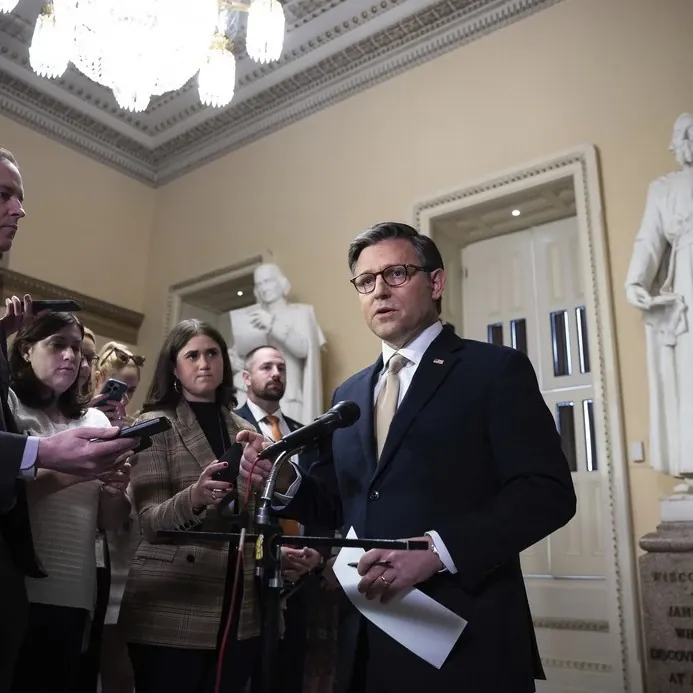Kansas Senate
The Kansas Senate, as a crucial component of the Kansas Legislature, plays a significant role in the governance and legislative process of the state. Comprised of elected representatives from various districts throughout Kansas, the Senate is responsible for debating and enacting laws that affect the lives of residents across the state. This article aims to provide an overview of the Kansas Senate, its functions, structure, and the legislative process involved in its operations.
Structure of the Kansas Senate
The Kansas Senate consists of 40 members, each representing a specific district within the state. Senators are elected to four-year terms, with half of the Senate up for election every two years. This staggered election cycle ensures continuity while allowing for periodic renewal of legislative representation. The leadership structure of the Kansas Senate includes:
- President of the Senate: The President is typically the Lieutenant Governor of Kansas and presides over Senate sessions.
- Majority Leader: This leader represents the majority party in the Senate and is responsible for guiding legislative priorities and strategies.
- Minority Leader: The Minority Leader represents the opposition party and plays a crucial role in voicing alternative perspectives on legislation.
- Committee Chairs: Senators are appointed to various committees that focus on specific areas such as education, health, and finance, where they review and recommend legislation.
Functions of the Kansas Senate
The primary functions of the Kansas Senate include:
- Legislation: Senators introduce, debate, and vote on bills that can become state laws. This process involves careful consideration of the implications of proposed legislation on residents and the state as a whole.
- Budget Approval: The Senate plays a critical role in reviewing and approving the state budget, which allocates funding for various programs, services, and initiatives.
- Constituent Representation: Senators serve as representatives of their constituents, addressing their concerns, needs, and issues at the state level.
- Oversight: The Senate conducts oversight of the executive branch, ensuring that state agencies and departments operate efficiently and effectively.
The Legislative Process
The legislative process within the Kansas Senate follows several key steps:
- Bill Introduction: A senator introduces a bill, which is then assigned a number and referred to an appropriate committee for review.
- Committee Review: The committee conducts hearings where they can gather public input and expert testimony. They may amend the bill before voting on its recommendation to the full Senate.
- Floor Debate: If the committee approves the bill, it moves to the Senate floor for debate. Senators may discuss the merits and drawbacks of the bill, propose further amendments, and ultimately vote.
- Voting: A majority vote is required for a bill to pass. If approved, the bill is sent to the Kansas House of Representatives for consideration.
- Conference Committee: If the House makes amendments to the bill, a conference committee may be formed to reconcile differences between the two chambers before final approval.
- Governor’s Approval: Once both chambers agree on the final version of the bill, it is sent to the Governor for approval or veto.
Engaging with the Kansas Senate
Civic engagement is essential for a healthy democracy, and residents of Kansas are encouraged to participate in the legislative process. Here are a few ways citizens can engage with the Kansas Senate:
- Attend Sessions: Residents can attend Senate sessions and committee meetings to observe the legislative process in action.
- Testify at Hearings: Citizens may have the opportunity to testify at committee hearings, providing input on proposed legislation.
- Contact Senators: Constituents can reach out to their elected senators to express opinions or concerns regarding specific issues or legislation.
- Follow Online Resources: The Kansas Senate maintains an online presence where constituents can access legislative documents, schedules, and live-streamed sessions.
Conclusion
The Kansas Senate plays a vital role in shaping the laws and policies that govern the state. By understanding its structure, functions, and the legislative process, citizens can become more informed participants in their government. Civic engagement is key to ensuring that the voices of Kansans are heard and considered in the decision-making process, ultimately leading to a stronger and more responsive government.



